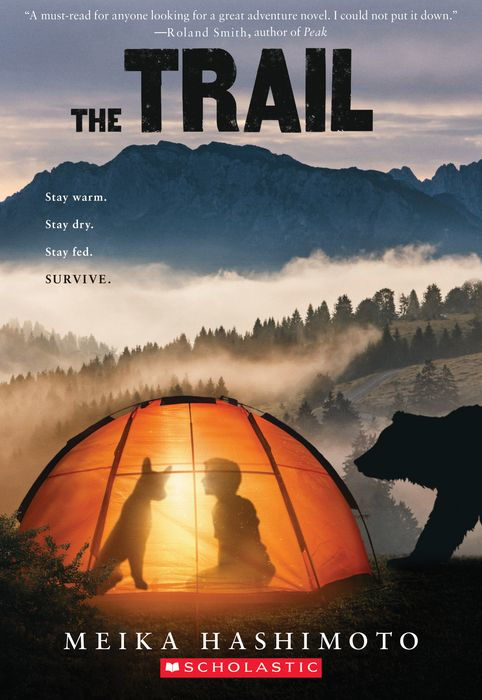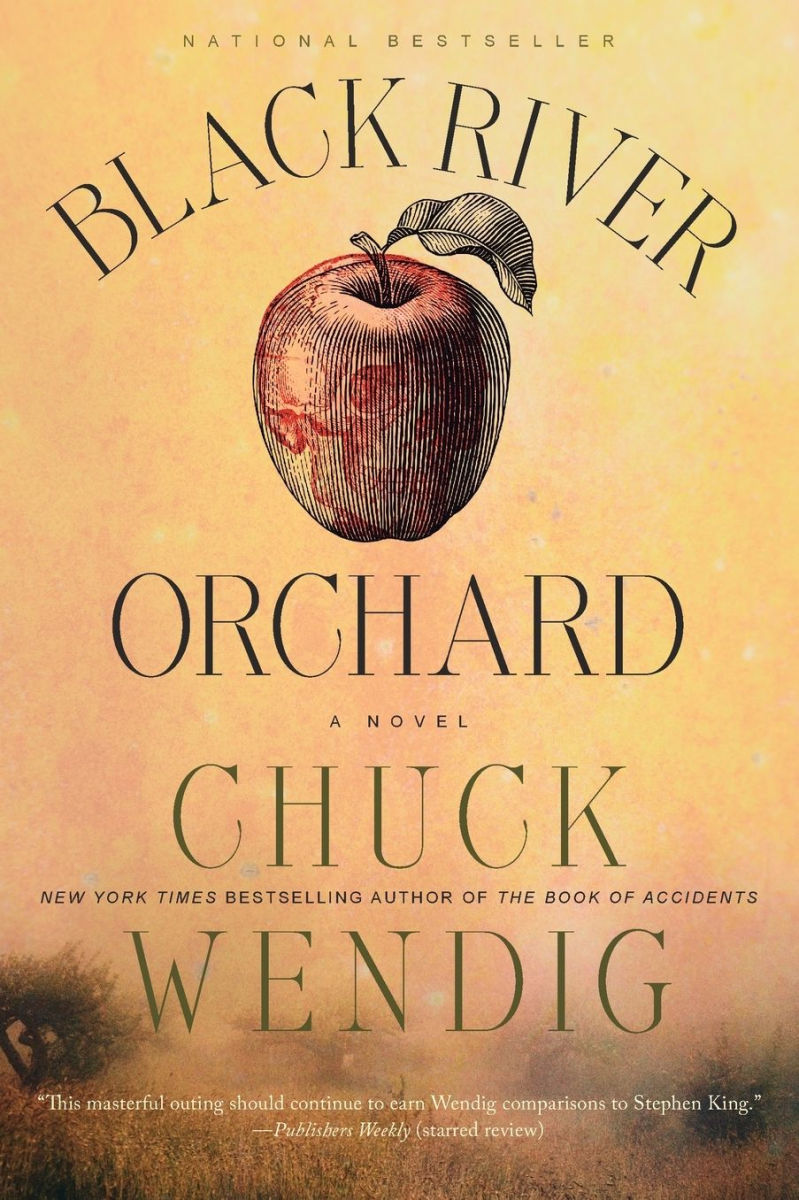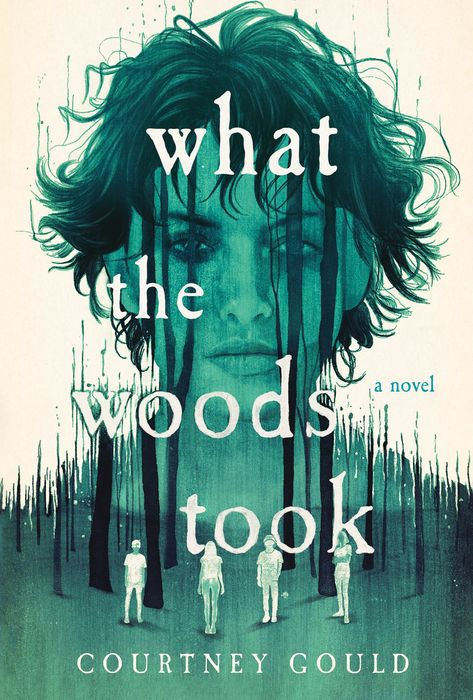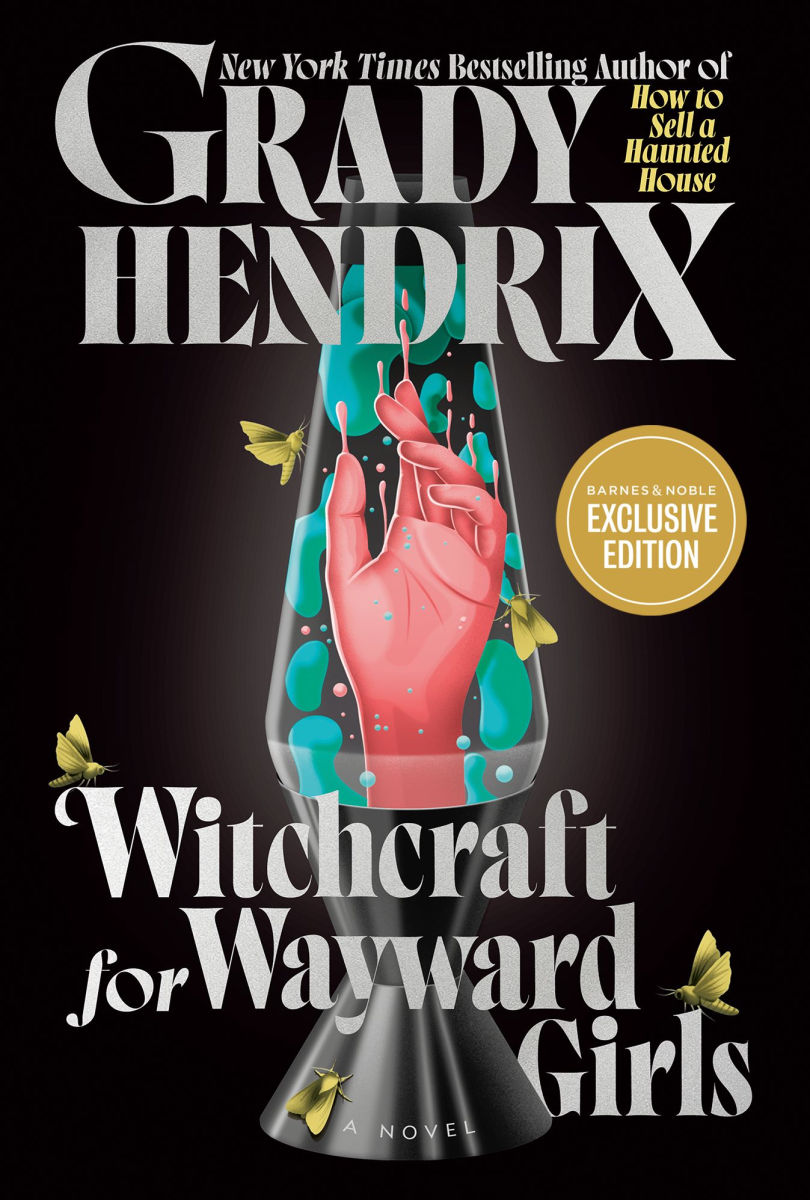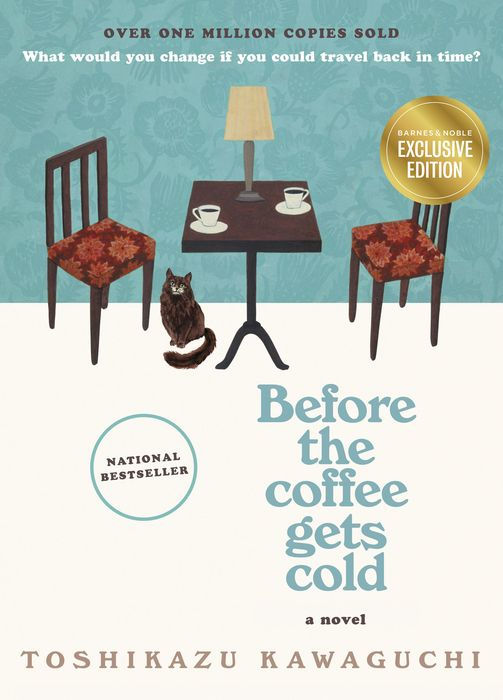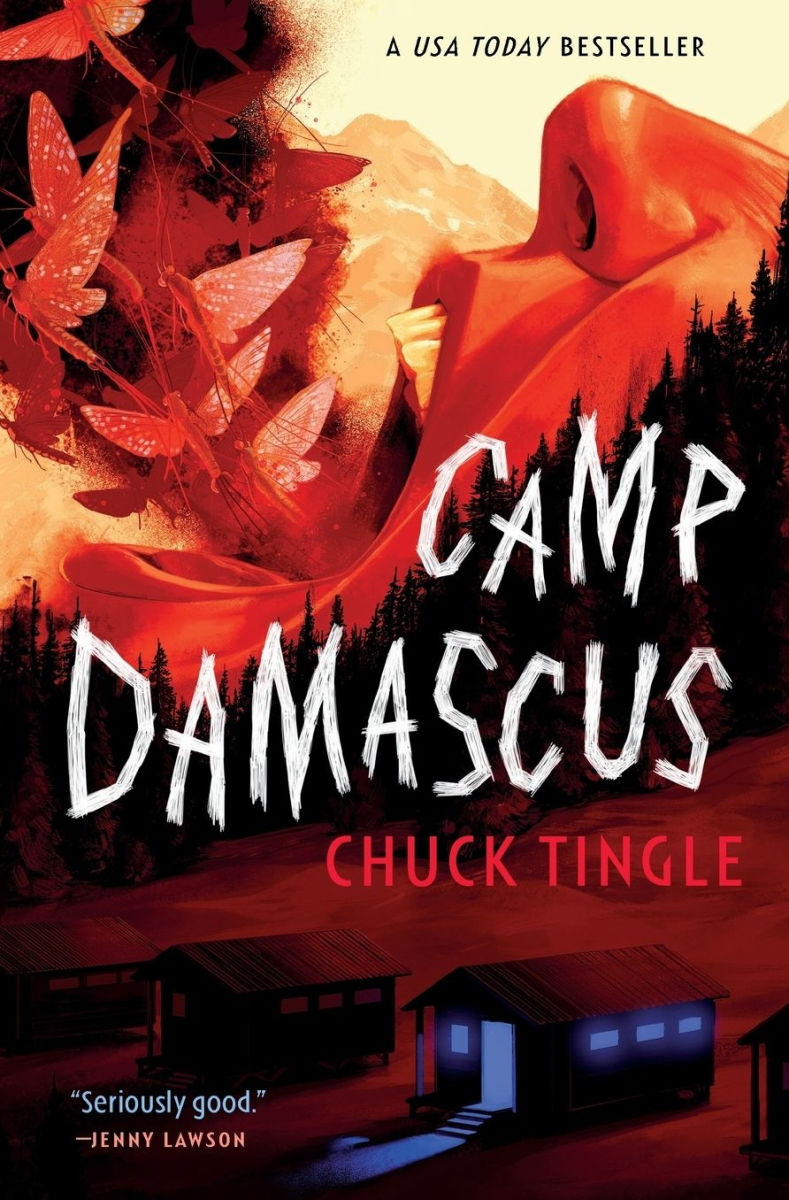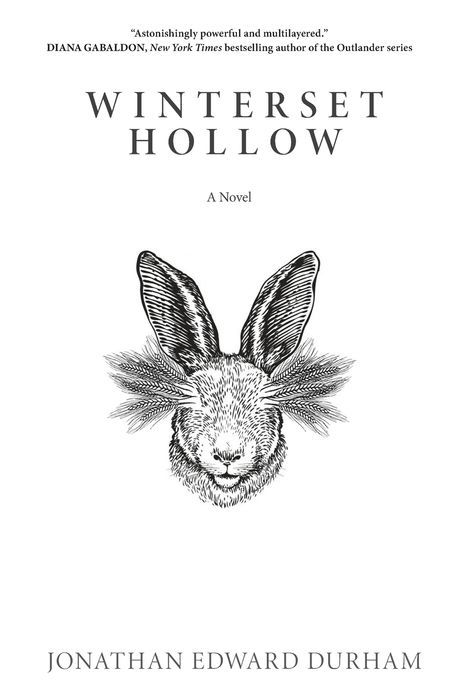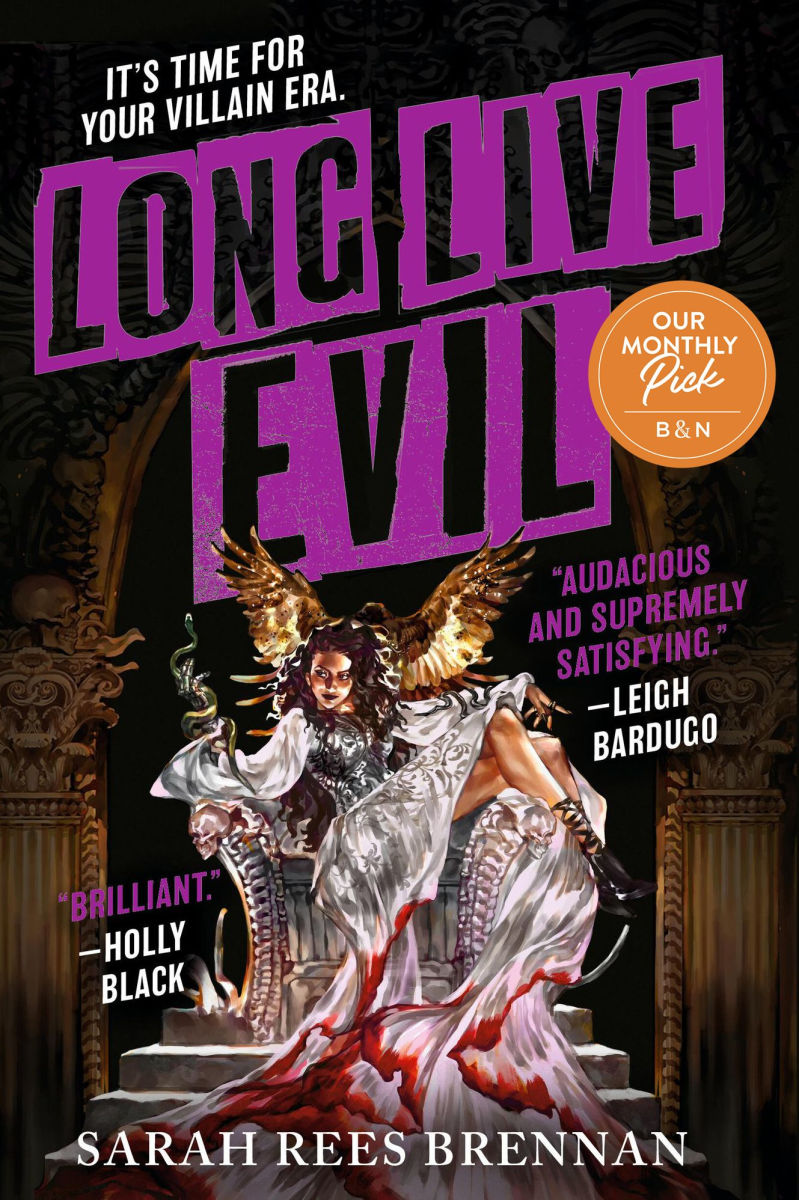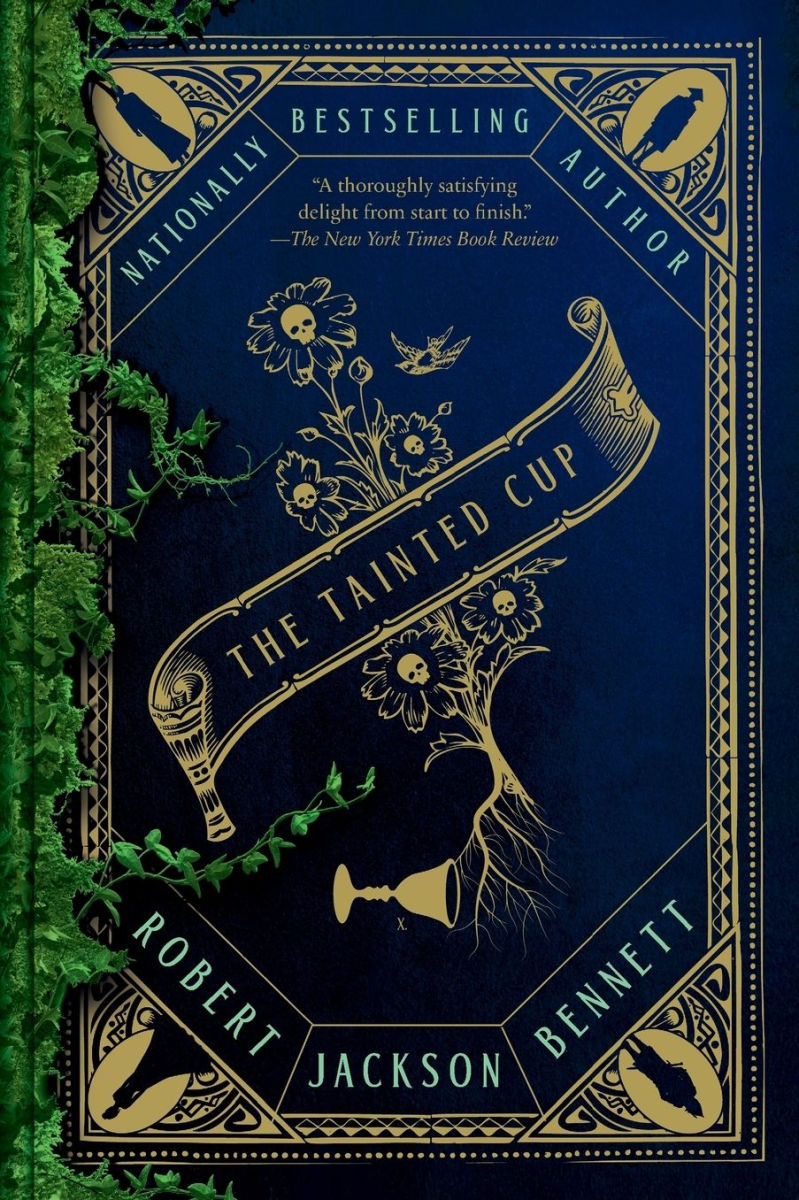
Finally, a book that lives up to its premise!
The Tainted Cup's plot is a murder mystery, complex but playing fair, in the tradition of Agatha Christie. Its main characters are Ana, a spectacularly eccentric reclusive genius, and Din, her young assistant who does the legwork, in the tradition of Nero Wolfe and Archie Goodwin or Sherlock Holmes and Watson.
...and the setting is a world that has been regularly ravaged by leviathans the size of mountains that emerge from the sea every "wet season" and rampage around, not only stomping everything in sight but also creating zones like Annihilation's Area X due to their magical, mutagenic bodies!
This has led to the Roman Empire continuing as it's the only force that can (barely) keep them in check, and also to it evolving a sophisticated scientific/magical biological technology which can perform many forensic, military, and technical functions including augmenting people and animals. So you have legionnaires augmented to be short-lived but massively strong and with extra bones that crunch when they move, called cracklers, using giant sloths called "slothics" to haul around artillery to shoot at kaiju!!!
I fucking love this sort of setting. All I want is to roll around in its weird biological decadence, ideally with guides in the form of interesting and/or likable characters. A good plot is just gravy. But! I love the characters AND the plot is excellent!
The opening scene is a masterclass in how to introduce a very unusual and complex setting by making your viewpoint character someone who 1) must navigate aspects of the setting that are new to them too, 2) has a compelling personal problem that's emotionally engaging, 3) and introduces a mystery to keep us hooked.
Din, the viewpoint character, is the new probationary assistant to the investigator, showing up alone to his very first murder scene. He immediately tangles with the guard on site, who is clearly richer and more experienced and correctly sizes him up as a newbie, and is also suspicious that the investigator herself isn't there. This neatly introduces us to the military and investigatory structure, and makes us wonder about Din's boss. As Din is introduced to a very wealthy household, we get to see the biological magitech of the world while also encountering the bizarre murder he's investigating. And while all this is going on, Din is trying to hide the fact that he's dyslexic, which he thinks could get him fired.
It's an instantly compelling opening.
Ana and Din are great characters, Din immediately likable, Ana immediately intriguing. The supporting cast is neatly sketched in. The plot is a very solid murder mystery, the setting is fantastic, and everything is perfectly integrated. The mystery could only unfold as it does in that setting, and the characters are all shaped by it. As a nice little bonus, there's also good disability rep in the context of a world where many people are augmented to boost them in some ways while also having major side effects. Good queer rep, too. And though a lot of the content was dark/horrifying, the overall reading experience was really fun.
I loved this book and instantly dove into the next one. I hope Bennett writes as many Ana & Din books as Christie wrote Poirots.
Spoilers! ( Read more... )
